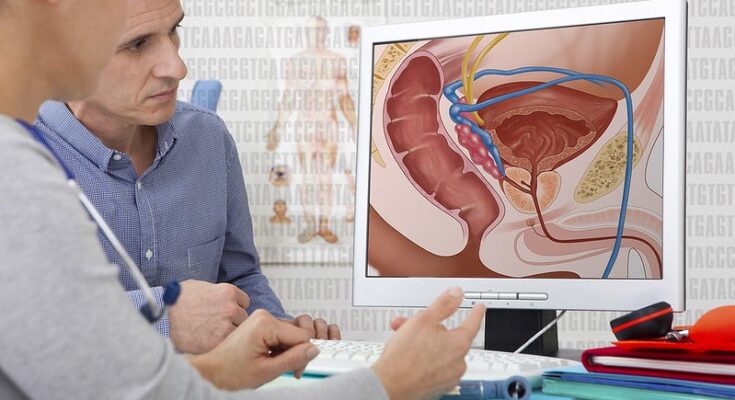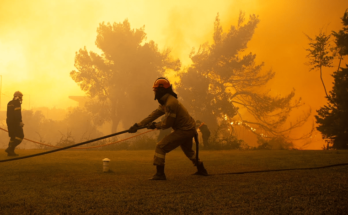Researchers at UCLA Health have discovered that artificial intelligence (AI) can help better identify the edges of prostate cancer. This reduces the chance of missing parts of the cancer, ensuring doctors make the right diagnosis and plan effective treatments.
Using AI for this task proved to be 45 times more accurate than relying only on regular imaging tests and blood tests.
Dr. Wayne Brisbane, assistant professor of urology at UCLA, highlighted the importance of accurately determining the size of prostate cancer. Different stages of cancer need different treatments.
These can include active surveillance, surgery, focal therapy, radiation, hormone therapy, chemotherapy, or a mix of these. Accurate mapping helps doctors choose the best treatment plan, according to Brisbane.
AI system at UCLA is better than MRI
Understanding the size and spread of prostate cancer is not easy. Doctors use many tests, such as PSA blood tests, MRI, and CT scans, to determine how serious the cancer is.
Brisbane mentioned that doctors usually rely on MRI scans to see tumors. However, sometimes, the MRI does not show the full size of the cancer. This can lead to mistakes in judging how large the tumor actually is. AI can help doctors make out the true size and spread of the cancer more clearly.
Game-changer! AI outperforms doctors in prostate cancer detection by 17%, reveals UCLA study. Unfold AI offers a precise, less invasive cancer treatment, enhancing both diagnosis and patient quality of life. Intrigued? Let’s dive deeper! pic.twitter.com/dXpnpPTeEX
— Talk AI Today (@TalkAIToday) July 21, 2024
Researchers at UCLA and Avenda Health have created a new AI system that better outlines the edges of prostate cancer than MRI scans. This AI system can help improve treatments such as focal therapy. Focal therapy is a more innovative method that targets cancer cells while protecting healthy tissues around them.
Before this study, doctors had not tested how well the AI system worked in real-world settings. The results now show that AI can make these treatments more precise and effective, according to a UCLA press release.
Assessing the efficiency of AI cancer detection
To assess how well doctors can map cancer with and without AI, researchers conducted a study. They compared traditional methods with AI-assisted methods for outlining cancer.
Seven urologists and three radiologists from different hospitals with experience ranging from two to 23 years participated in the study. They reviewed cases of 50 patients who had prostate surgery but might have been candidates for focal therapy.
Each case included T2-weighted MRI images showing the prostate and suspected cancer areas along with biopsy reports.
Initially, doctors manually outlined the suspected cancer spots on these images, trying to capture all significant areas. After waiting at least four weeks, they reviewed the same cases again, but this time, they used AI software to help identify the cancerous areas.
The researchers found that when doctors used traditional methods, they achieved a negative margin only 1.6 percent of the time. However, with the help of AI, this number jumped to 72.8 percent.




